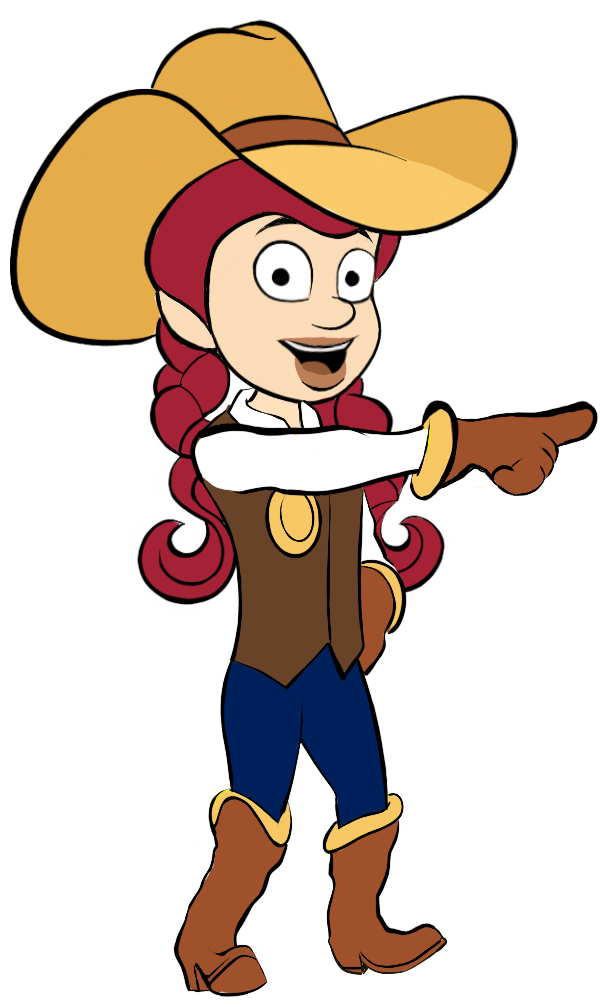Activity Overview: This activity focuses on the concept of a source reduction. Also known as waste prevention, source reduction decreases the amount of material entering the waste stream. Some examples of source reduction include buying longer lasting light bulbs to reduce the frequency of burnouts and therefore the number thrown away. Another example is refilling plastic water bottles. Even disposable bottles can be refilled from the tap, which reduces the number entering the waste stream, even for recycling.
Discuss how the students can use less paper. Think of ways the whole school could cut down on paper use. Plan to share the results of this demonstration with the school.
Compare the results across the classrooms on your hall or in your department. Use tables, graphs, and other tools to analyze the results. Are there correlations with between class sizes, subject matter, or any other parameters?
Adapted from Away with Waste, Washington Department of Ecology.
TEKS
SCI.K.1A, SCI.1.1A, SCI.2.1A, SCI.3.1A, SCI.4.1A, SCI.5.1A, SCI.K.1B, SCI.1.1B, SCI.2.1B, SCI.3.1B, SCI.4.1B, SCI.5.1B, SCI.K.2A, SCI.1.2A, SCI.2.2A, SCI.3.2A, SCI.4.2A, SCI.5.2A
SCI.K.2C, SCI.1.2C, SCI.2.2C, SCI.3.2B, SCI.4.2B, SCI.5.2C
SCI.K.2D, SCI.1.2D, SCI.2.2D, SCI.3.2C, SCI.4.2C, SCI.5.2G
SCI.K.2E, SCI.1.2E, SCI.2.2E, SCI.3.2D, SCI.4.2D, SCI.5.2D

We'd love to help answer any questions and help you get started! Drop us a line and we'll get back to you as soon as we can.
Watt Watchers of Texas
204 E. Dean Keeton Street, Austin, Texas 78712
contact@watt-watchers.com
Nos encantaría contestarle cualquier pregunta que tenga y ayudarle empezar! Envíenos un mensaje y nos pondremos en contacto con usted lo antes posible.
Watt Watchers de Texas
204 E. Dean Keeton Street, Austin, Texas 78712
contact@watt-watchers.com